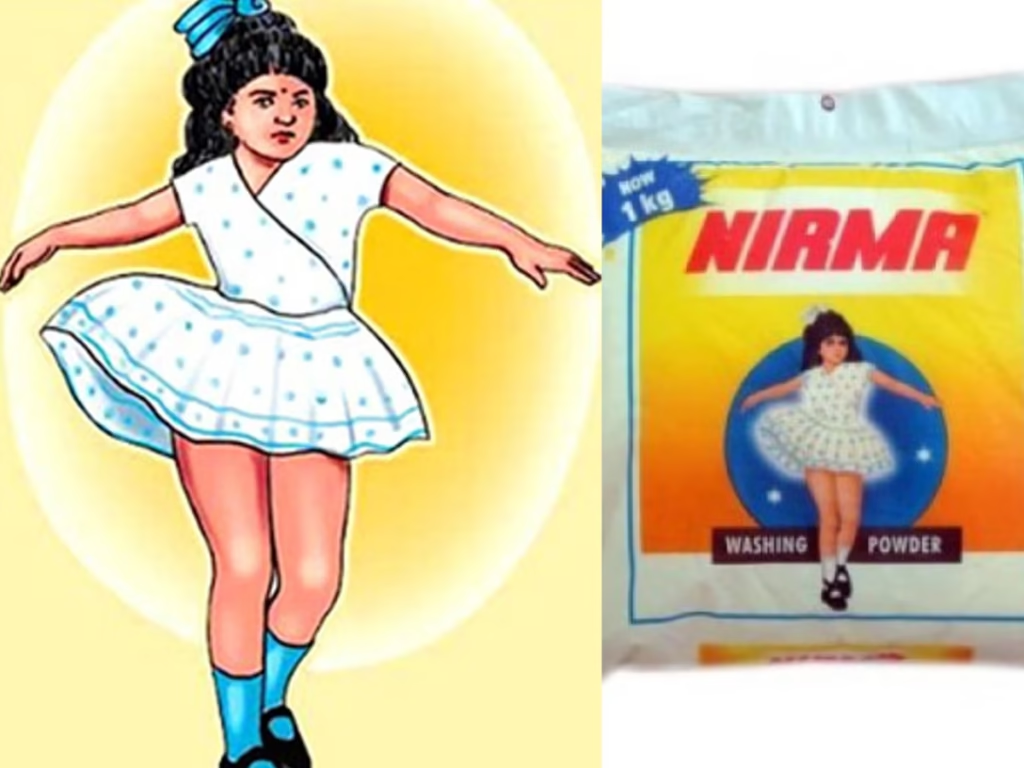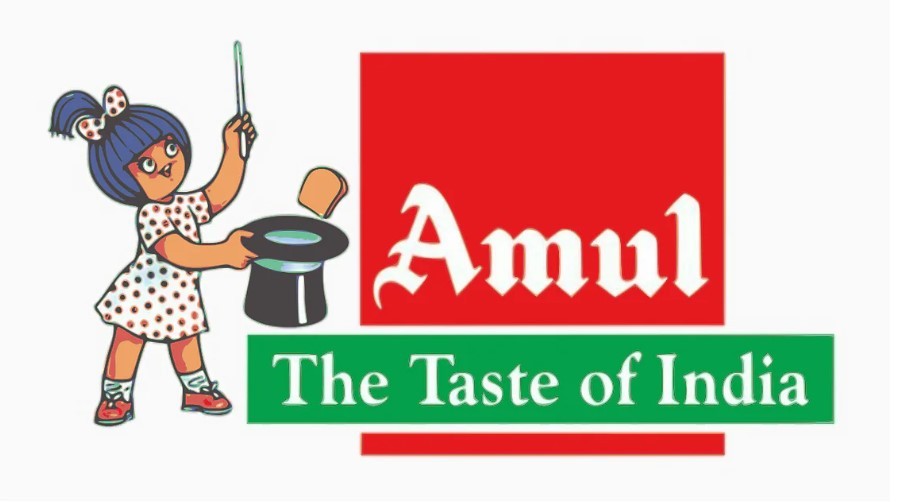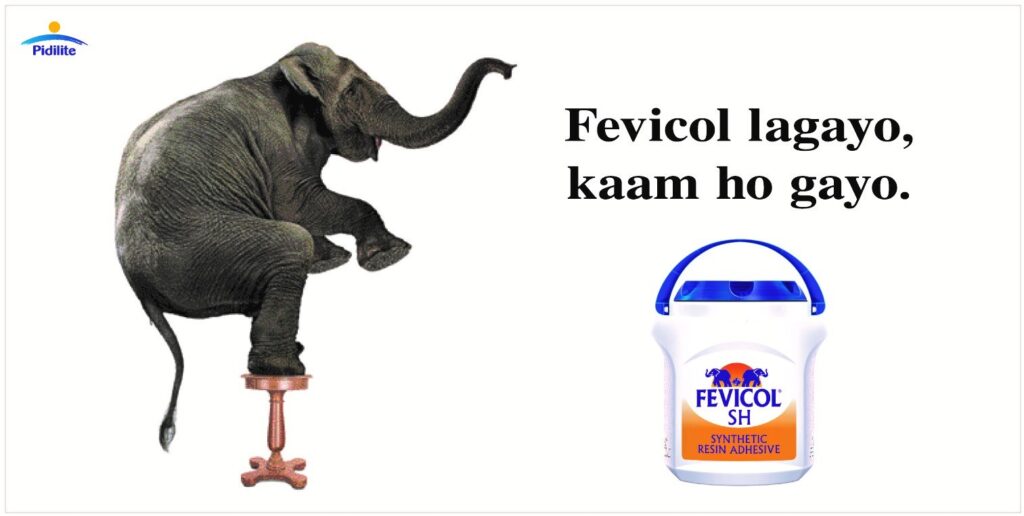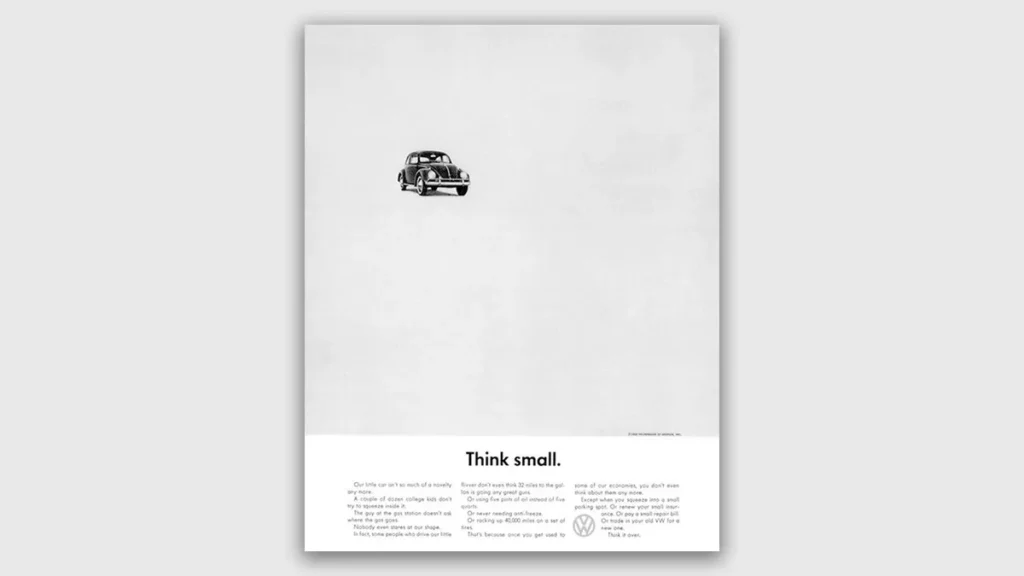Marketing Isn’t Rocket Science: Why Fundamentals & Simplicity Win

Why simple, consistent marketing wins: lessons from Amul, Fevicol, Indigo & Royal Enfield on differentiation, coherent strategy and lasting brand focus.
Sometimes, I think the biggest mistakes in marketing don’t come from bad execution — they come from sheer confusion. Too many marketers simply don’t know what their real job is.
And who’s to blame them? Academics pile on thick theories, agencies invent fancy models, and consultants coin buzzwords that sound like they belong in a sci-fi movie.
I once read about a consulting firm that claimed a brand has nine different “positioning elements” — from psychological drivers to subjective characters — all tied together in something they proudly called a “bridge matrix.”
Help! That’s not a strategy, that’s a headache.
When Marketing Loses the Plot
Another book referred to the “ecosystem of consumer demand,” complete with steps such as mapping the demand landscape and quantifying the optimal sweet spot.
Sounds impressive. But does it tell a marketing manager in Bengaluru how actually to sell more soap, smartphones, or insurance? Not really.
The truth is far more straightforward:
- First, it’s marketing’s responsibility to see that everyone is playing the same tune in unison.
- Second, it’s marketing’s assignment to turn that tune — your differentiating idea — into a coherent marketing direction.
When this doesn’t happen, the result is chaos. Sales pushes one message, advertising pushes another, and the product team designs something completely different. The customer sees confusion instead of clarity.
The Power of a Differentiating Idea
What’s a differentiating idea? It’s not just a tagline or a campaign. It’s a competitive mental angle — the one thing you own in the consumer’s mind.
It doesn’t always mean a better product. It means a different one.
- Amul made “The Taste of India” its differentiating idea. It wasn’t just about butter or milk. It was about being a cultural constant — from topical ads on current events to milk packets in every Indian kitchen.
- Fevicol owned “strength” so deeply that its ads became folklore, making glue part of everyday conversations.
- Nirma didn’t try to beat Surf Excel on premium quality; instead, it became the detergent of choice for value-conscious households with its famous “Washing Powder Nirma” jingle.
Differentness wins. Sameness dies.



When Goals Replace Ideas
Many corporate failures come from confusing goals with strategy.
- Take the example of Roger Smith at General Motors in 1981. He predicted GM would own 70% of the American car market (up from 66%). He launched a $50 billion modernisation drive to get there. But the goal had no foundation in a differentiating idea. GM’s cars didn’t stand for anything unique in the consumer’s mind.
Fast-forward: GM’s market share today is less than half of what it imagined. Goals without ideas are castles built on sand.
- In India, a similar situation occurred with Videocon. Once a household name in TVs and appliances, it set ambitious goals to be everywhere — consumer durables, telecom, DTH, even oil and gas. But without a clear idea tying it all together, the empire scattered, leaving little brand recall today.
Strategy Is Not a Goal
A goal is “We want 50% market share in 5 years.” Admirable ambition, but meaningless unless backed by an idea.
A strategy is “We will be the most reliable delivery partner in Tier-2 cities.” That’s actionable. It tells your tech, operations, marketing, and customer support teams exactly how to align.
- Swiggy didn’t say, “We want to be India’s #1 food delivery app.” Its real idea was reliability. Orders arrive on time, refunds are predictable, and service is consistent – the entire company rallies around that.
- Indigo Airlines never set goals like “We want to beat Air India’s market share.” Its strategy was built around “On Time, Every Time.” Every decision – single aircraft model, quick turnarounds, disciplined pricing – supports that differentiator.
Consistency Is the Secret Sauce
Once you’ve got your differentiating idea, stick with it. Don’t chase every new fad.
- Volkswagen had the idea of “Think Small” in the 1960s and reaped the benefits. Then it abandoned smallness for big, fast cars, allowing the Japanese to dominate the small-car market.
- Royal Enfield held firm. For decades, critics mocked Bullets as heavy, outdated, and impractical. But Royal Enfield leaned into that differentiator, turning “heritage and toughness” into a badge of pride. Today, it commands cult status in the mid-size bike market.


The Real Job of Marketing
At its core, marketing is not about running after vanity goals or creating jargon-filled decks. It’s about:
- Finding a differentiating idea that has a competitive angle in the consumer’s mind.
- Building a coherent strategy where every activity — product, price, promotion, distribution — aligns with that idea.
- Staying consistent long enough for the idea to become inseparable from your brand.
Think of the idea as the nail. Strategy is the hammer. One without the other achieves nothing.
Final Word
Marketing is the art of the possible. You can’t set impossible goals and expect miracles. But you can choose a different idea, sharpen it into a strategy, and hammer it home with relentless consistency.
That’s how Amul, Fevicol, Indigo, and Royal Enfield carved their spaces in India’s consumer memory. They didn’t confuse ambition with direction. They didn’t abandon their tune.
Because in the end, successful marketing isn’t about chasing size — it’s about owning one clear idea in the consumer’s mind.



